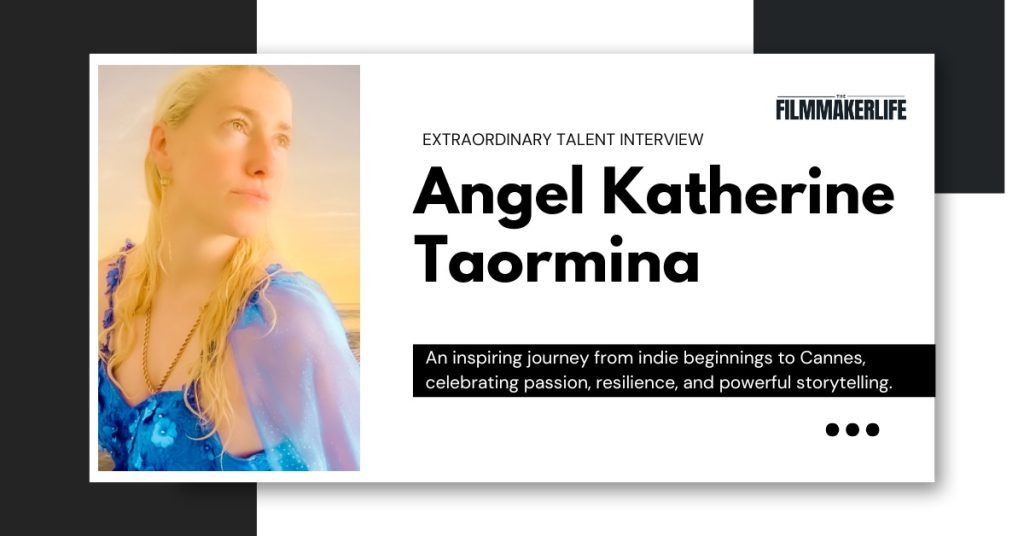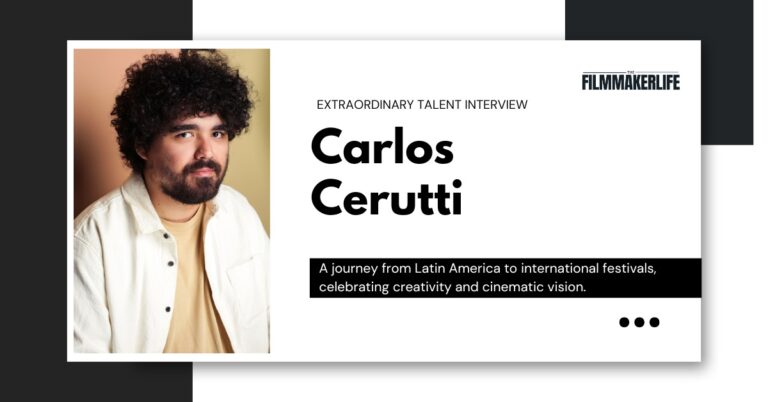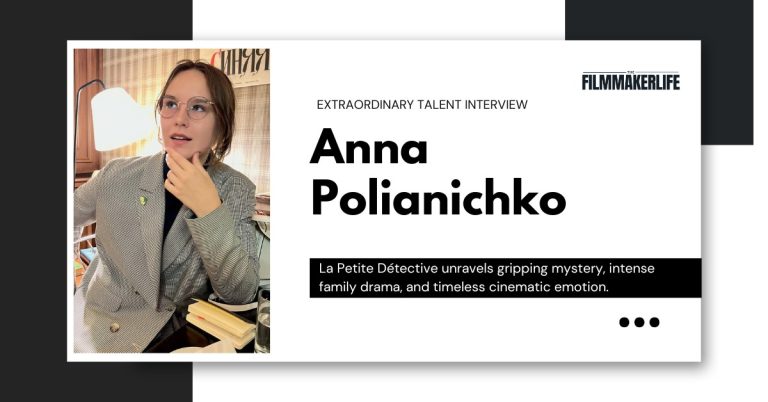Few artists embody the union of passion, curiosity, and resilience as gracefully as Angel Katherine Taormina. Born in New York and nurtured by theatre, film, and experimentation, she has lived a lifetime of creativity since the age of seven. From early appearances in The Siege and Spider-Man 2 to pioneering her own art forms with Stagebooks and Cinétage, Angel has carved a space where cinema and theatre collide. Her award-winning The Saints of the Rue Scribe was proof of her unique voice, and now with her latest project, Resilience, she turns her camera toward stories of survival, hope, and human strength.
In this conversation, Angel reflects on her journey, her inspirations, and her boundless drive to make art that uplifts and connects.
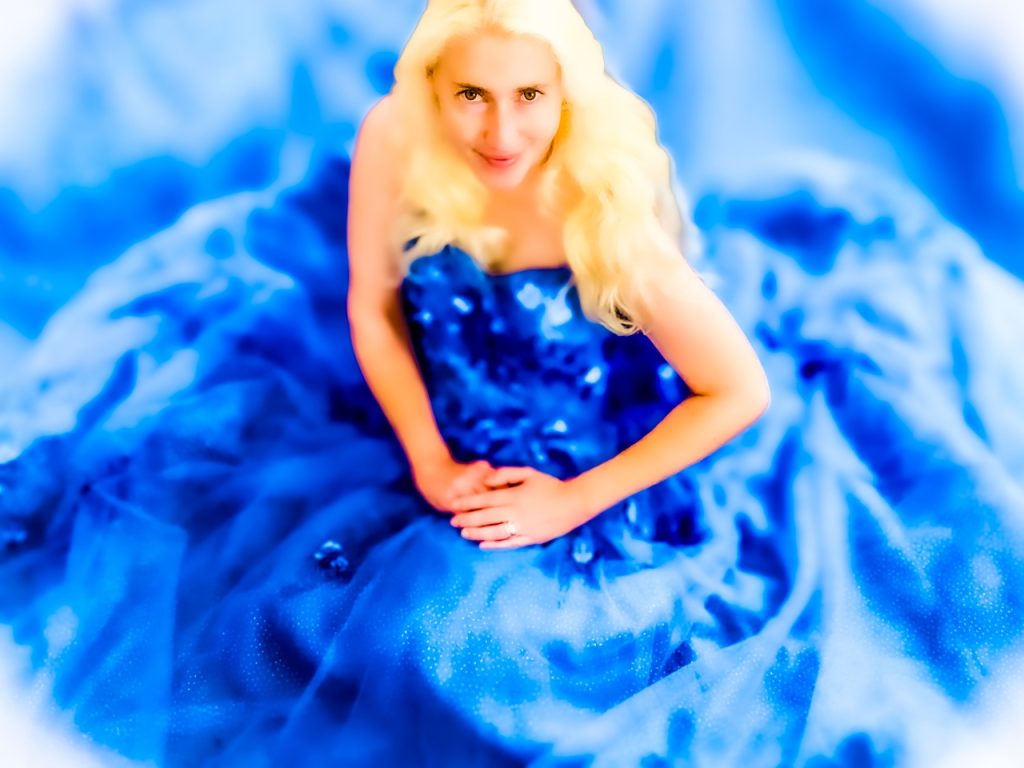
Angel, you began performing at seven and have since explored theatre, experimental cinema, photography, and more. Looking back, do you see a single thread that has guided you through all these art forms?
First of all, thank you all so much, and thank you to the amazing International Movie Awards. It is an honor for me to give this interview. Absolutely yes. The singular thread that connects these art forms for me is storytelling. For as long as I can remember, I have always been a storyteller on the look-out for the most efficient art forms to use as vehicles for sharing my stories. Sometimes I feel something that can be shared through photography or a novel. Other times, I feel that an idea I have can be best expressed live, or theatrically, or through film. Whichever art form best serves a particular feeling, story, thought, or idea I have, is the one I choose to use to share it with the world.
Your concept of Cinétage marries theatre and film in fascinating ways. What do you think this hybrid form allows you to express that traditional cinema or theatre alone cannot?
Singing, to me, came as naturally as breathing. And music is something that is so much a part of my every day life that, sometimes, I forget that not everyone’s life has a built-in soundtrack. Most of my memories in life- happy, sad, or other- involve music. There was always a song in the background while my life was playing out in the foreground. Almost everywhere I have lived, there have been speakers out in the streets. And there is always music- whether it is in the house, or the coffee shops, or the stores. And no one is ever afraid to break into song and sing along. Growing up like that, you come to see it as your “normal”. Your mind integrates the feelings with the music. If anything, silence is sometimes the awkward thing. As far as singing, it was always just an extension of my natural speaking voice. Sometimes I wouldn’t even know if I was talking or singing when I was saying a sentence. Especially for extreme emotions- elation, joy, pain, sadness- there would always come a point where I could no longer find words, for words would no longer be sufficient to express my emotions, and everything would just naturally start cascading out of me in wordless roulades of “Ah’s”. Under certain circumstances with certain ideas and stories, the characters are best served by a world like mine where both the freedoms of cinema and the freedoms of live expression can co-exist naturally to create the desired theme and end best befitting the story at hand.
Winning 29 awards across 13 countries with The Saints of the Rue Scribe is a milestone few independent filmmakers achieve. What lesson from that experience do you carry with you into every new project?
Nothing is impossible. That is the core of all the lessons I learned during “Saints”. If you love something enough, you will find a way to achieve what needs to be achieved in order to make the thing you love most the best that it can be. Be innovative. Figure out a way. Invent a way when there is no way. You need to love what you are doing or else there really is no reason at all to do it. When you love something enough, there is no day or task that is too difficult. There is no obstacle that is insurmountable. There is no getting tired. There is no giving up. There is no thing more important than the thing that you love. It really is worth everything to you. And if it isn’t, don’t do it. But if it really is the love of your life, you will be unstoppable. Success will become your sole and definitive result.
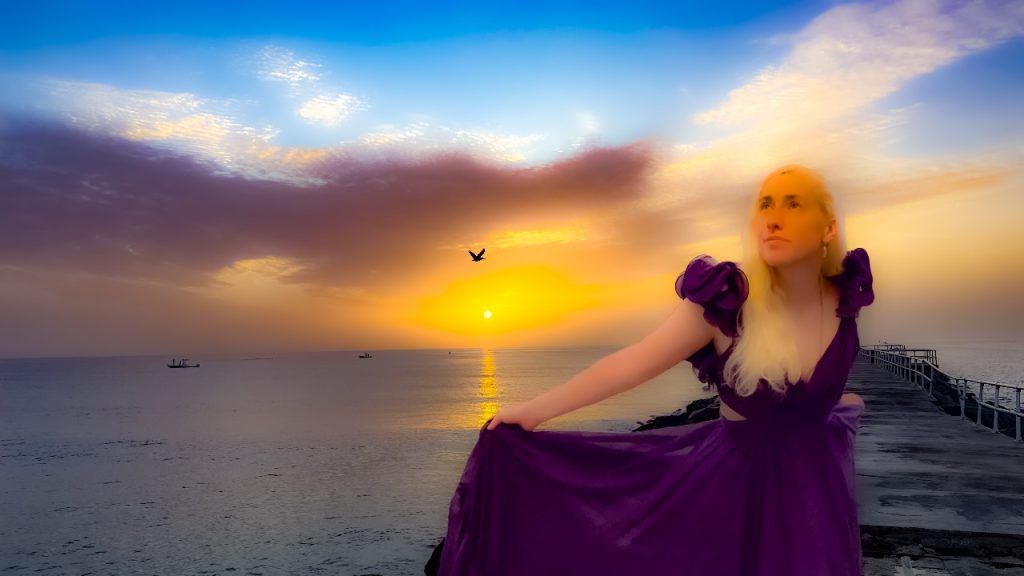
Your latest work, Resilience, tells stories of communities surviving devastating storms. How did the idea for this project first take shape, and why did you feel compelled to tell it now?
Joplin. Katrina. Ian. Altadena. Pacific Palisades. Helene. People are always stronger than the tragedies they suffer. They just have to find the resilience inside of themselves to rise from the ashes and move forward- no matter how hard it is. I still lived in New York in 2001. I saw the moment when people’s ashen faces started lighting up again with ideas of hope for the future. I was 12. I saw their resilience. Where I live in Florida is always actually largely spared from any noteworthy storm damage. But I saw people’s lives get torn out from under them. And this was just a few counties away. And they started rebuilding- some of them within hours of the end of the storms. There is a certain wink. A certain smile. A certain resilience. This is their life and they are going to continue to live it to the fullest no matter what. Here I am at almost 36 years old- still marveling at people’s resilience. I wanted to write a film where characters of every kind of storyline would have a common thread in succeeding in their resilience. Why not write a story about things that can be made to go right? There is always a place in time for hope. And the documentarian, who I play, is the girl who brings them together to share their stories, because she truly loves humanity and wants to help. I created the characters in an almost metaphoric way so as to be relatable to everyone and anyone who might be able to see themselves and their own “resiliences” in the characters- but I must admit to one bit of an “Easter egg”- I have spent many vacation hours bobbing around in the ocean with a GoPro.
As both director and performer in Resilience, you place yourself inside the narrative. How does embodying a documentarian differ from your past acting experiences?
I loved it. It was fun to embody a completely different personality type. And the accent was fun, too. It was amazing to look at the world through her eyes. Here’s a beach girl, southern her whole life, probably way more athletic than me. She’s the kind of person you see, and then wonder what it would be like to be her- just to try out her shoes for one day. She’s cool. She’s got it together. But she also has this journalistic aspect to her- a power that she chooses to use for good. She sees devastation and rushes toward it to help. She places herself at the heart of the tragedy in order to help uphold the other people who went through it. She has her story. But she is completely selfless. And her choice to use her documentarian’s lens to bring healing is a heroic thing. In the end, I feel she’s helped them, they’ve helped her, the “community” is stronger for it, and that “community” is really a microcosm of the whole world. Every person’s story reaches out so much farther than just “them”. It is really about all of us. And that is what Angel The Documentarian discovers. By being selfless and bringing others in, she is actually weaving a thread of peace through every story of suffering throughout the world, and she unites them all in hope.
You often speak about creating nurturing environments for your cast and crew. What is one moment on set where you felt that “magic” of collaboration truly happen?
An instance pops into my mind immediately. Rick, who plays Dave, and I, were discussing the 9/11-related aspects of his character as it related to what was happening in his building. I told him, “You never have to actually tell me out loud, but go in your mind to the worst thing in your life. Go to whatever nightmare you fought to get out of. You never have to tell me. Just go there, and then give it to Dave, and then, Dave, do the scene.” He knocked it right out of the park. The result is what’s in the film. It was magic. It was perfection. And he was safe. Later, he actually did tell me where he went mentally. He had the freedom to find his channel into Dave, and there wasn’t a dry eye in the room. He nailed it.
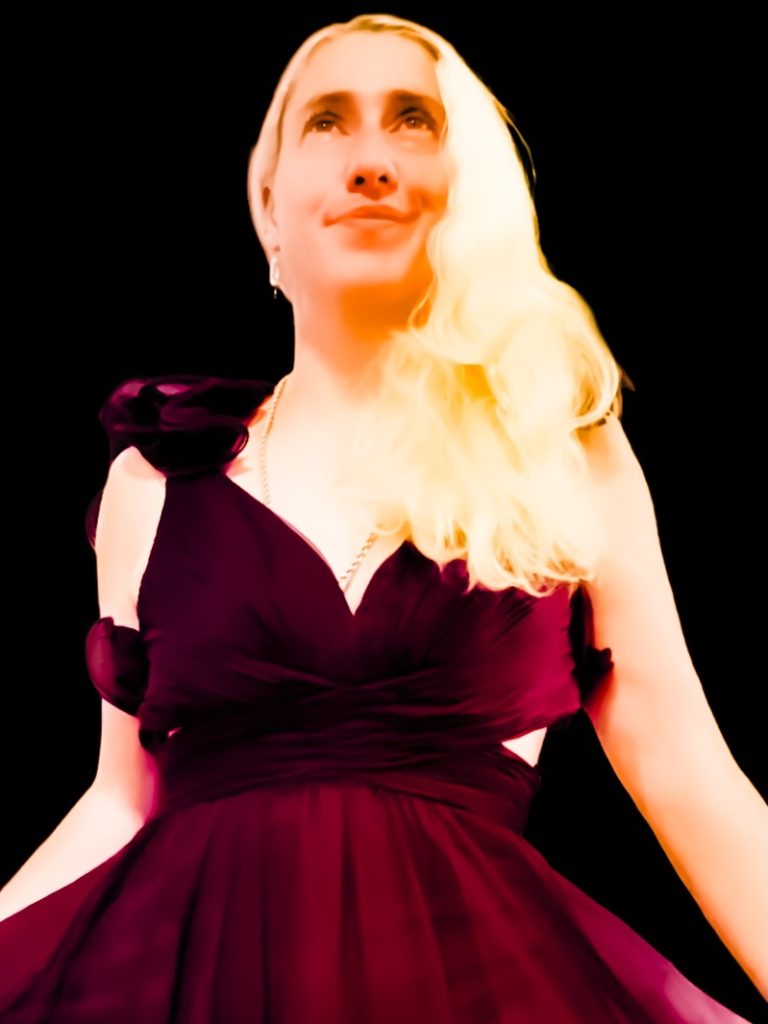
You’ve cited Chaplin, Lillian Gish, and James Cameron as inspirations. If a young filmmaker came to you for advice, how would you encourage them to discover their own cinematic voice?
Make films. Your art will tell you who you are. Find yourself first. THEN watch and admire the others. Life does not exist in a vacuum, of course, but you can shield yourself from outside influences until your personal sense of creativity is fully formed and you have something of your own to bring to the table. Then it becomes a conversation rather than a “class”. If you have fun with what you are doing, you are naturally going to grow to do it better. Growth with experience is a byproduct of joy in what you do. If you are a filmmaker, make films. Know who you are. Then everything will fall in to place and you will find YOUR place. Who knows? Maybe you are the next inventor of a new genre, or a new way of filming, or a new way of sharing stories, or a new way of accessing cameras and film equipment, or a new way of marrying art and technology for the sake of story building and world building in films. All these greats had to first discover who they are. Now, discover YOU. And be what you will become.
Independent cinema often requires sacrifice, persistence, and vision. What has been the greatest personal challenge you’ve faced as an artist, and how did you transform it into strength?
For the longest time, I used to attempt to explain what I was showing people rather than just showing them. There is a challenge with any artist to be able to trust that their audiences are, indeed, extremely intelligent and extremely receptive. They are there to be entertained. They get it. They don’t need a three-hour-soliloquy in front of it. Do it. Trust it. Show it. They get it. Art, by the very definition of the word, does not need an explanation. It lives and breathes on its own. Let it live and breathe for the audience and stand back as unimaginably wonderful things happen in its limitless state of freedom. That freedom of my art is the personal strength- and pure, comfortable, peacefulness- I have found in setting it free.
Your films carry a strong message of hope, light, and surprise. How do you balance the responsibility of delivering meaning with the joy of entertaining audiences?
For me, meaning and entertainment are one and the same. I can’t be entertained if I don’t get something out of it. And, if I am going to invest my emotions into watching a story play out, I feel better when the beginning, middle, and ending connect like a proper arc and make me feel something. I like to leave the movie theatre feeling good. And that good feeling is, and is supposed to be, a different “good” for every film, depending on its storyline. Film is life and life has meaning. Whatever a moment means, be true to it. They will be entertained if you are honest. There’s this line from Robert Zemeckis’ 2014 film, “The Walk”, that I always paraphrase because it’s so true. It’s something like, “Never lie to your audience. They’ll always know.” So I’m honest. And my life is joy. Surprise, sorrow, tragedy, and chaos, too. But it always ends in joy. Beginning, middle, ending. That’s what we’re all here for. And, no matter how bad things get, we always want the end to be joy. And here I am, as a filmmaker, with the power to show joy. So I do.
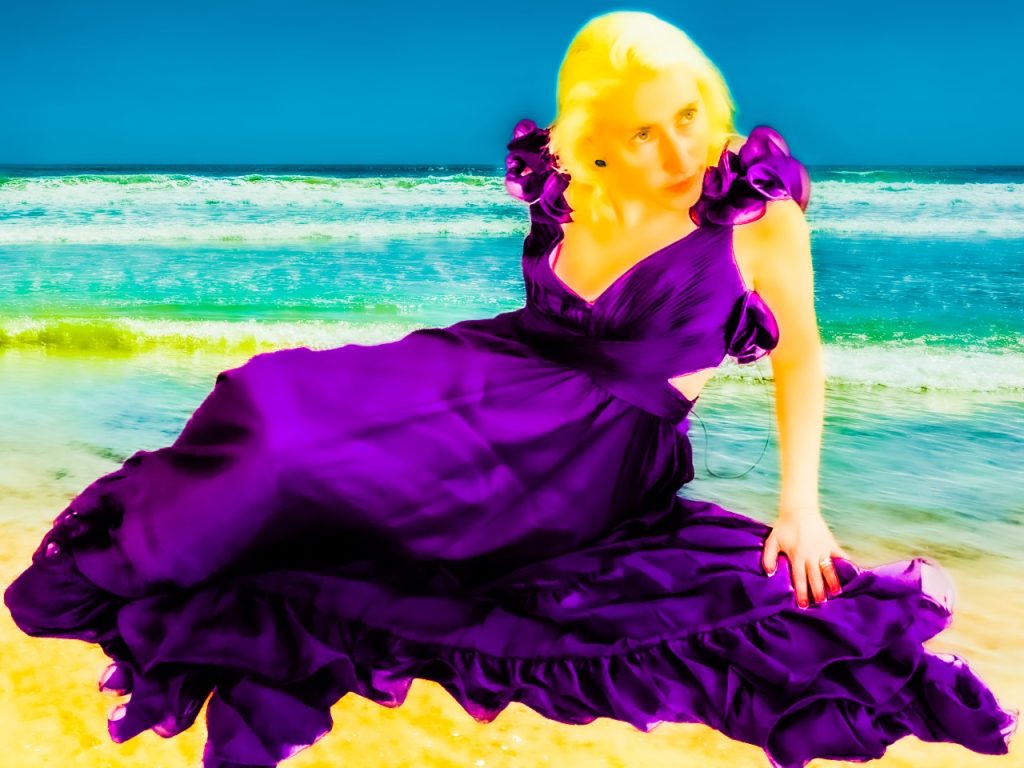
Finally, Angel, when audiences walk away from Resilience, what do you hope stays with them long after the credits roll?
There is no tragedy that cannot be overcome. Get up and choose the life you want to live and the you that you want to be. Live it. Be it. Succeed in it. Love yourself. And never hesitate to do the right thing.
Angel Katherine Taormina is a filmmaker who views art not just as storytelling, but as an act of generosity—an offering of hope, beauty, and resilience to audiences around the world. With every project, she invites us to dream, reflect, and believe that “together, we win.”

